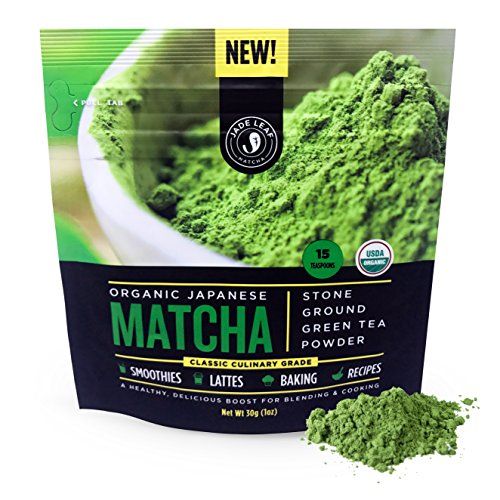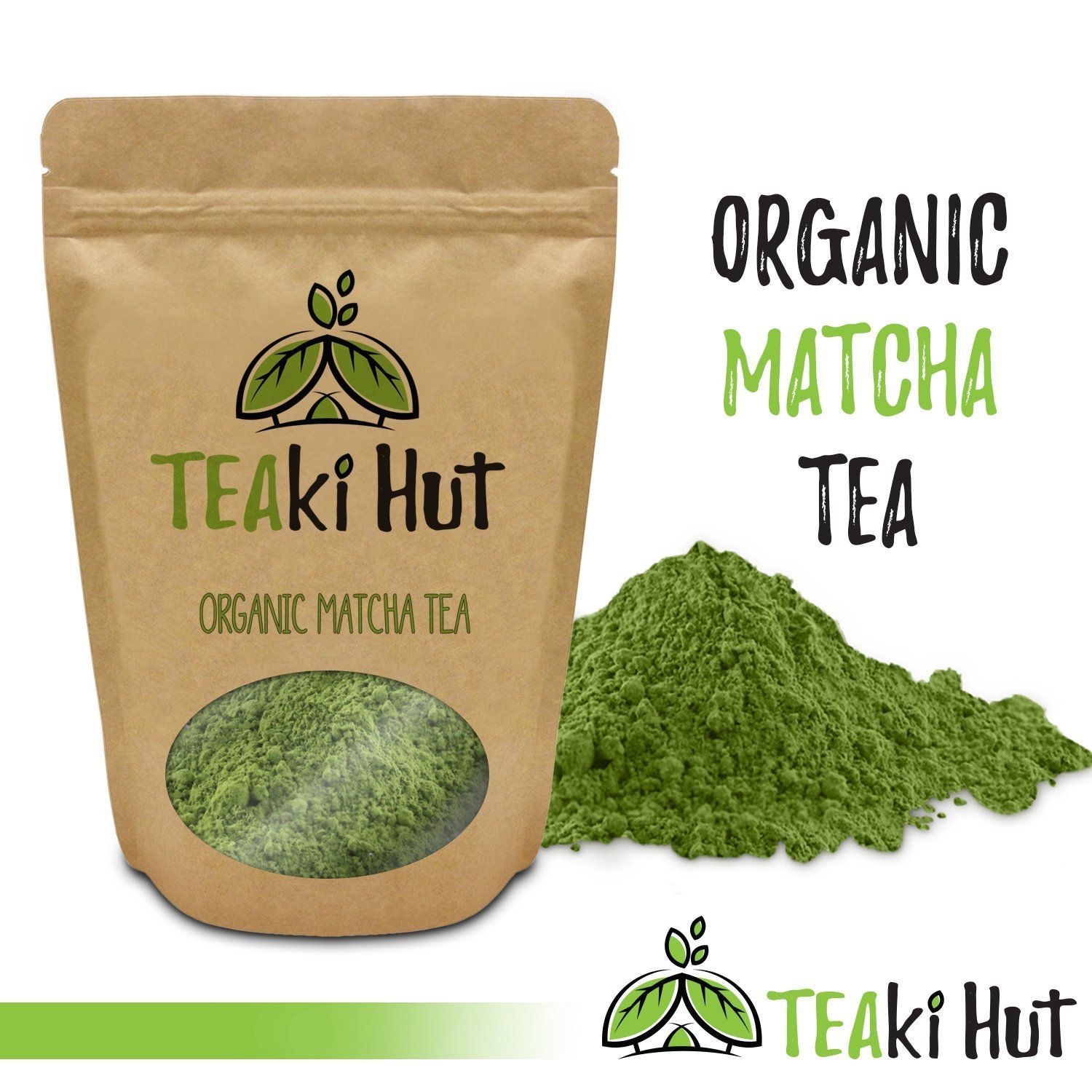With more than 900 studies on matcha’s health benefits, researchers have linked the stuff to everything from cancer prevention to better-looking hair and nails. It’s also been shown to increase metabolism and suppress hunger, and some research even suggests that matcha can reduce the risk of depression.
But what is matcha, exactly?
Matcha means “powdered tea.” A cup of matcha is made by dissolving finely ground tea leaves in warm water. Unlike a regular tea, where the leaves are discarded after brewing, you drink the matcha leaves. That means you’re taking in more catechins—antioxidant compounds responsible for benefits like boosting metabolism and preventing cancer—than you would by steeping tea leaves in boiling water. In fact, it’s estimated that one cup matcha equals 10 cups steeped tea when it comes to antioxidant content.
How much caffeine is in matcha?
A cup of matcha contains about the same amount of caffeine as a cup of brewed coffee—which is quite a bit stronger than most teas because you’re consuming whole leaves. If you’ve ever struggled with shakiness from caffeine, matcha may be a better brew for you: Matcha is often touted as providing a source of “calm energy." It contains L-theanine, an amino acid that works synergistically with caffeine to boost cognitive performance.
What does matcha taste like?
Matcha has an earthy flavor that some describe as mossy or spinach-like.
That sounds disgusting. How do you make it taste good?
Matcha can be delicious—but you’ve got to buy the right kind. The key is buying high-quality powder. Look for ceremonial grade or hyper-premium matcha, not the culinary kind, which is used to color baked goods and beverages but tastes bitter when brewed into tea. These finer grades dissolve faster in water and have a smoother taste. They also come from the newest growth of the tea plant, which means they contain more antioxidants. Eric Gower, owner of the online matcha market Breakaway Matcha, estimates that the majority of green tea powder on the market today is culinary grade. Problem is, “there are no regulations on packaging, so you can put ‘ceremonial grade’ on the packaging even if it’s not,” he says. The best way to get the good stuff? Look for premium grades from Japan, where producers tend to follow an unspoken set of regulations. You should also look at the color of the powder before buying. Matcha is shade-grown, which forces its leaves to overproduce chlorophyll, the compound that gives plants a green color. Look for super-vibrant, almost fluorescent-colored tea, says Emeric Harney of Harney & Sons tea. If it’s dull, don’t buy it.
I’ve got my matcha powder. How do I make matcha tea?
Gower suggests using 150- to 175-degree water for best results, blending the powder with the liquid using a whisk. The ratio of matcha to water is up to the drinker—more matcha results in a thicker, frothier tea.



